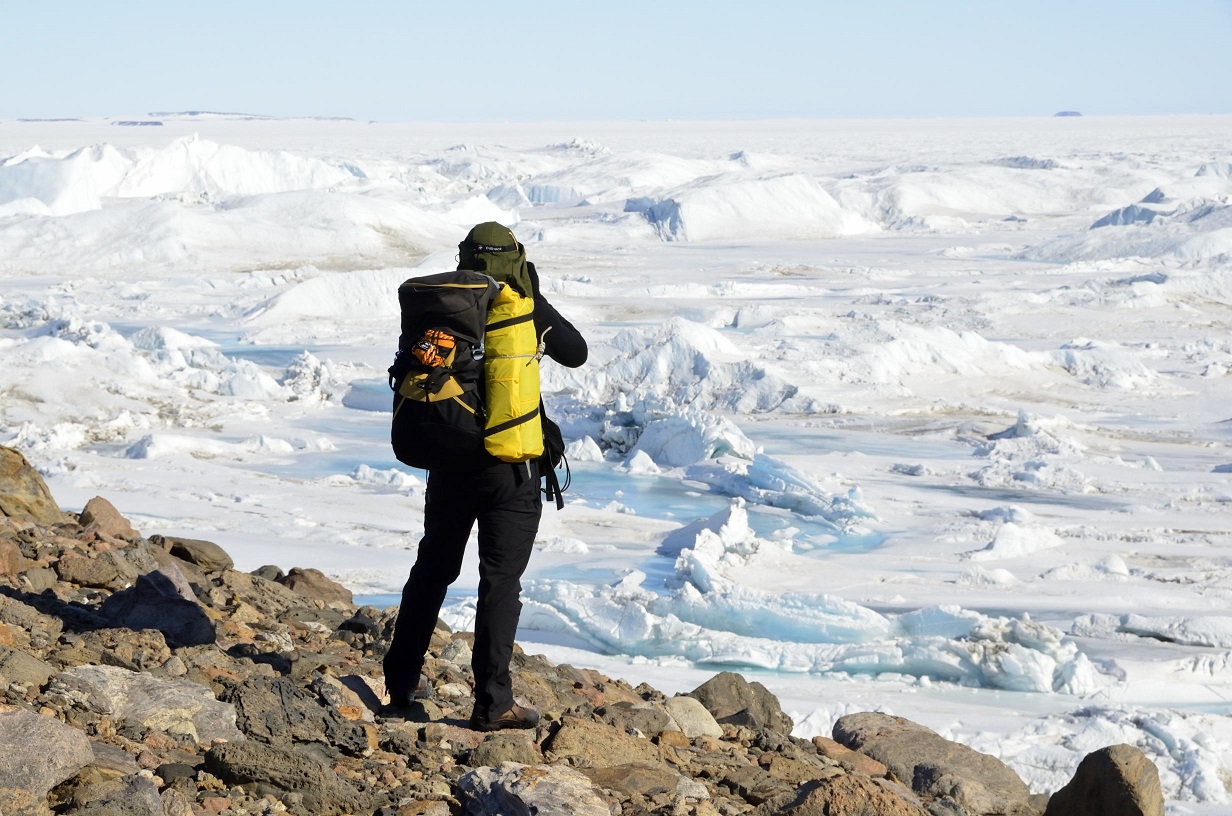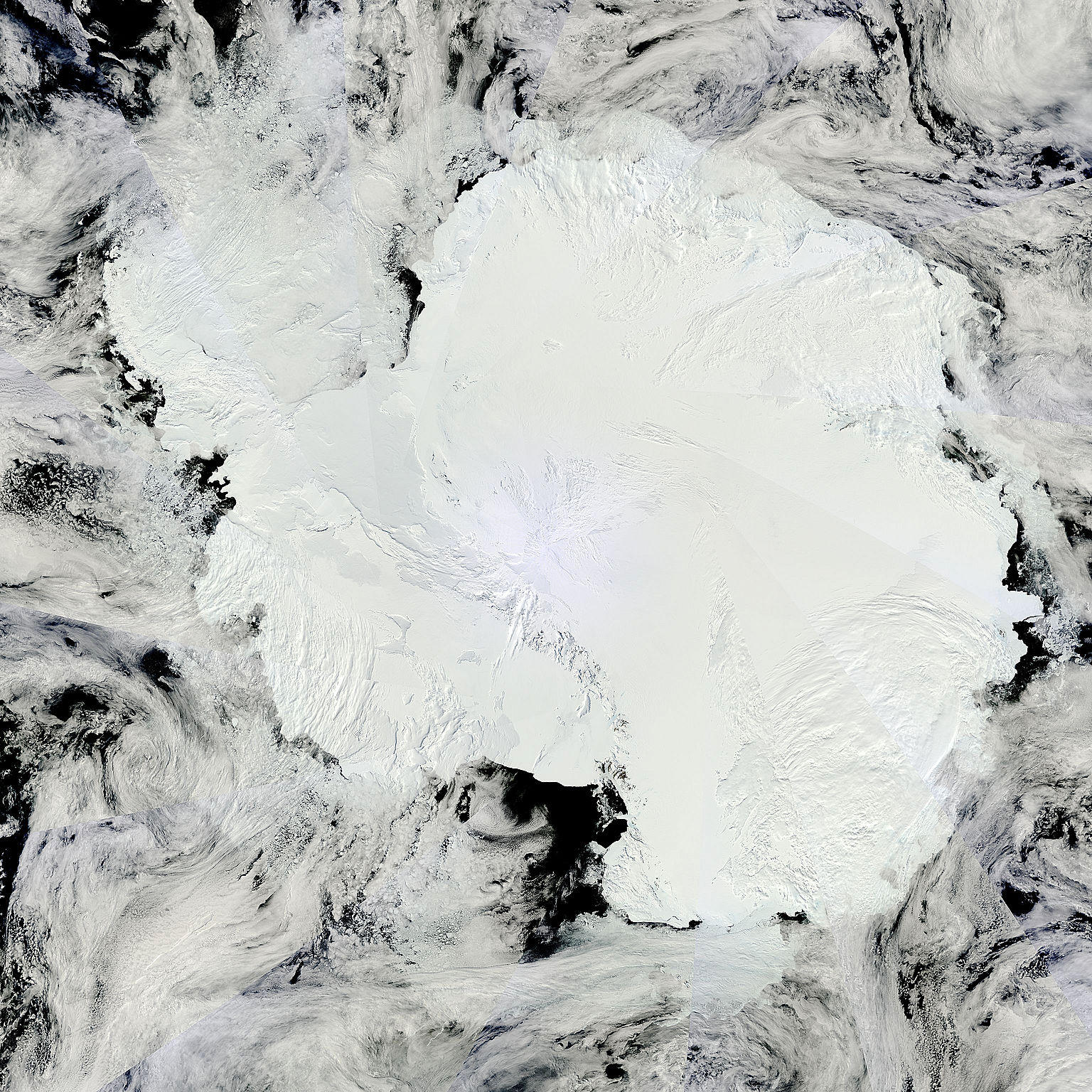
A team of researchers has revealed that climate variability—specifically the El Niño Southern Oscillation (ENSO) and the Southern Annular Mode—played a significant role in the changes observed in the Antarctic Ice Sheet over the past 20 years.
Professor Matt King, Director of the ARC Australian Centre for Excellence in Antarctic Science (ACEAS) at the University of Tasmania, is the lead author of the new study published in Nature Geoscience today.
Prof King and his team used satellite-based estimates of the changes in mass of Antarctic land ice to analyse its variation over time. They then linked the findings with fluctuations in ENSO (El Niño and La Niña) and the Southern Annular Mode.
The researchers found that for the past 20 years, melting ice from Antarctica added extra water into the ocean at a rate of about 150 billion tonnes per year. But that rate has not been steady, and this is directly related to ENSO and the Southern Annular Mode.
“While we already knew that these climate drivers have an impact on the Antarctic Ice Sheet, this is the first time their precise fingerprints have been comprehensively and precisely observed,” Prof King said.
The ENSO impacts that hit Australia hit the Antarctic Ice Sheet a few months later. Meanwhile, the Southern Annular Mode shifts the wind patterns between southern Australia and Antarctica, moving moisture and heat around with it.
The Southern Annular Mode is now in the most positive phase it has been in for at least 1,000 years—which is partly due to increasing amounts of CO2 in the atmosphere.

“In the past 20 years, about 40 per cent of the overall change in ice mass across the whole ice sheet is attributed to a persistent forcing from a positive Southern Annular Mode. This is linked to altered winds, snowfall and ocean heat,” Prof King said.
“Our discovery is crucial as it provides a pathway to partially attributing ice sheet changes to human activity—given that the long-term shift toward a positive Southern Annular Mode is largely due to human impacts on the atmosphere.”
The results of the study underscore the importance of understanding the impact of climate change and variability on ice mass changes, which has significant implications for sea-level rise.
“This research represents a significant step forward in our understanding of the complex relationship between climate variability and Antarctic contribution to sea level,” said co-author Dr Xuebin Zhang of CSIRO Environment.
Professor King said Antarctica continues to lose mass into the oceans at an alarming rate. “But we now know more about what is driving both the trend and its shorter-term bumps and wiggles.
“It reminds us yet again that humans need to stop adding CO2 into the atmosphere if we are to avoid the worst of climate change.”
Images:
Published 14 November 2023